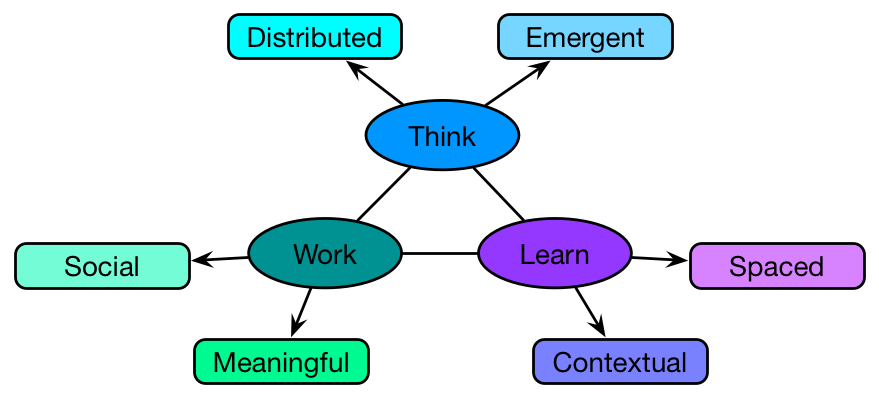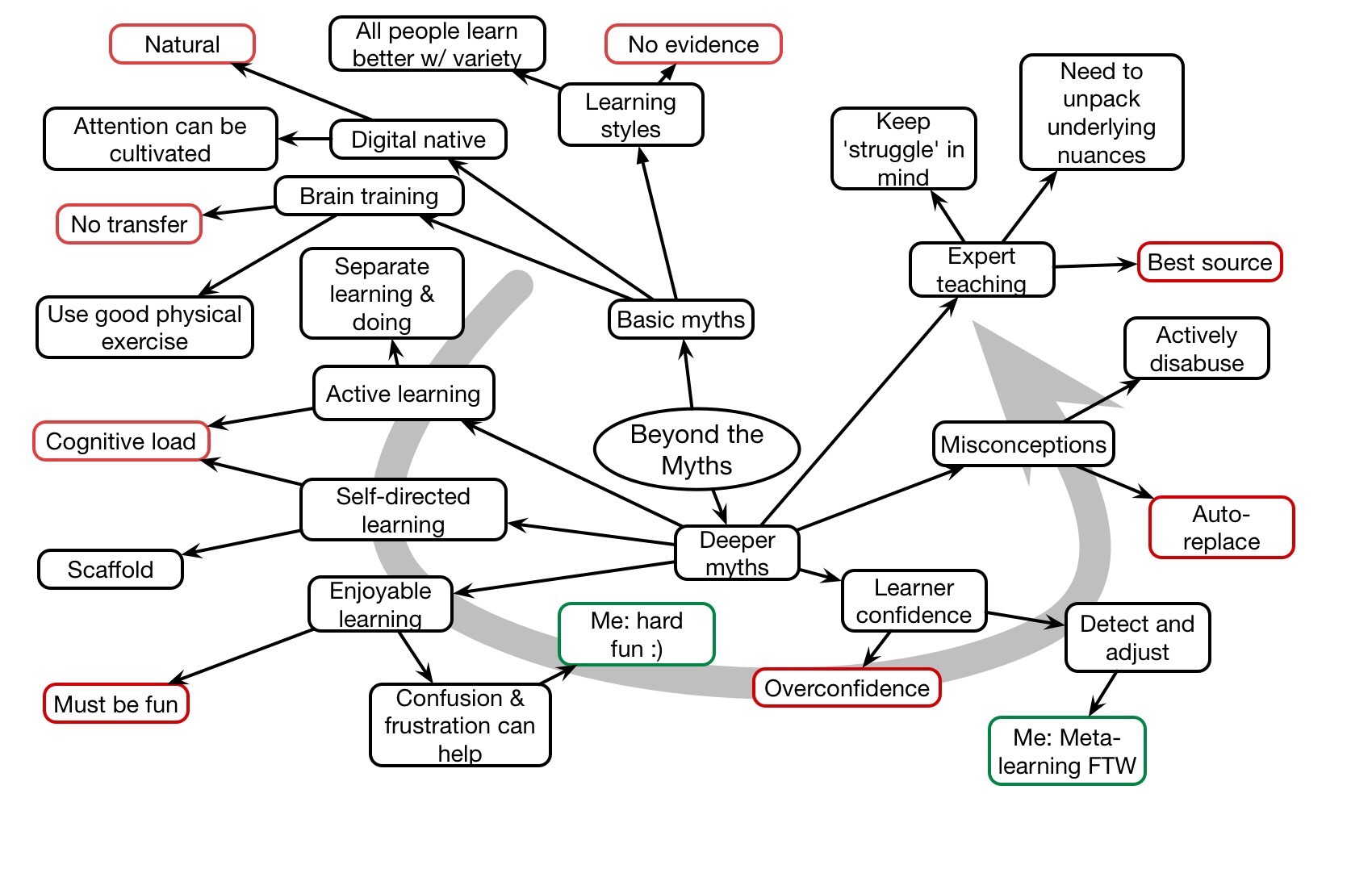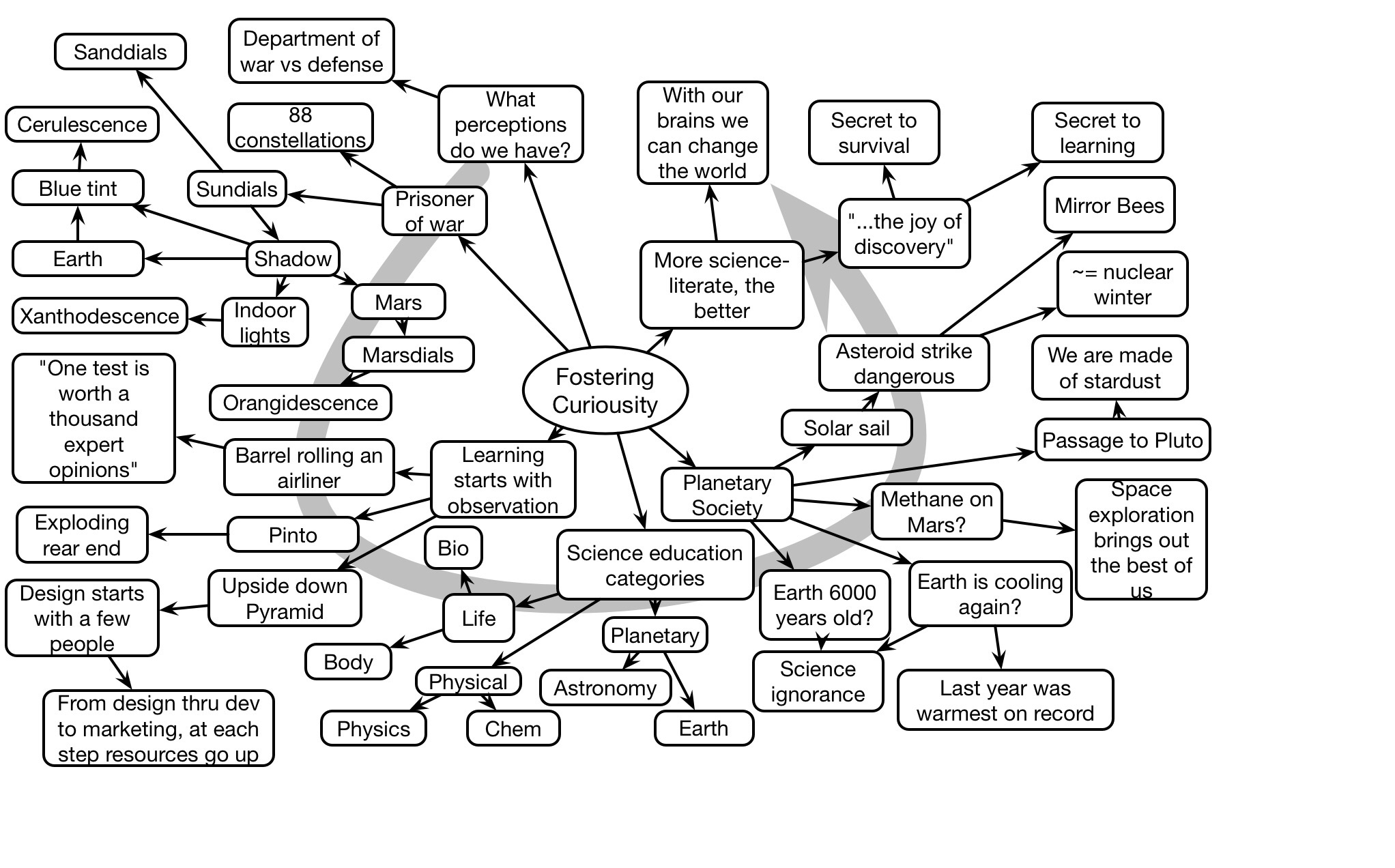I was talking with my ITA colleagues, and we were discussing the state of awareness of social learning. And we were somewhat concerned that at least from some evidence, there’re some misconceptions around about social learning. So I thought I’d take another shot at it.
First, let me make the case why it’s important. There are number of reasons to be interested in social learning:
- it’s more natural: our learning mechanisms were social before they were formal
- it’s deeper learning: the processing that goes on through knowledge negotiation leads to more flexible and longer learning
- it’s about innovation too: with problem-solving, trouble-shooting, research, design, etc, you don’t know the answer before you begin, so it’s learning, and the outcomes are better when done socially
This is only a start, but I reckon if those don’t make the case that you should be taking a serious look at incorporating social business into your organization, you are not really concerned.
Then, let’s clarify what it’s not. Social learning is:
- not about (just) formal: as suggested above, social extends from formal out to informal to being an essential part of how business gets done.
- not about social media: social media is a tool to support social learning, but it’s not the focus
- not a discussion forum available during a course: you need people interacting around artifacts – posts, pages, videos, etc – to generate meaningful outcomes
- not about getting people together to discuss a problem without proper preparation
So what is good social learning? Good social learning is driving interaction around work (whether real or designed for learning). Good social learning is:
- communicating by pointing to relevant new information
- curating resources, not just for yourself but also for others
- being transparent about what you’re doing (and why), showing your work
- discussing different ways of getting something done
- collaborating to develop a shared response
- tapping into the power of people
- developing a shared understanding of how to work and play well together, and using it
At core, it’s really about performing better. And that should be your focus, no? So, are you ready to get real about social learning?





